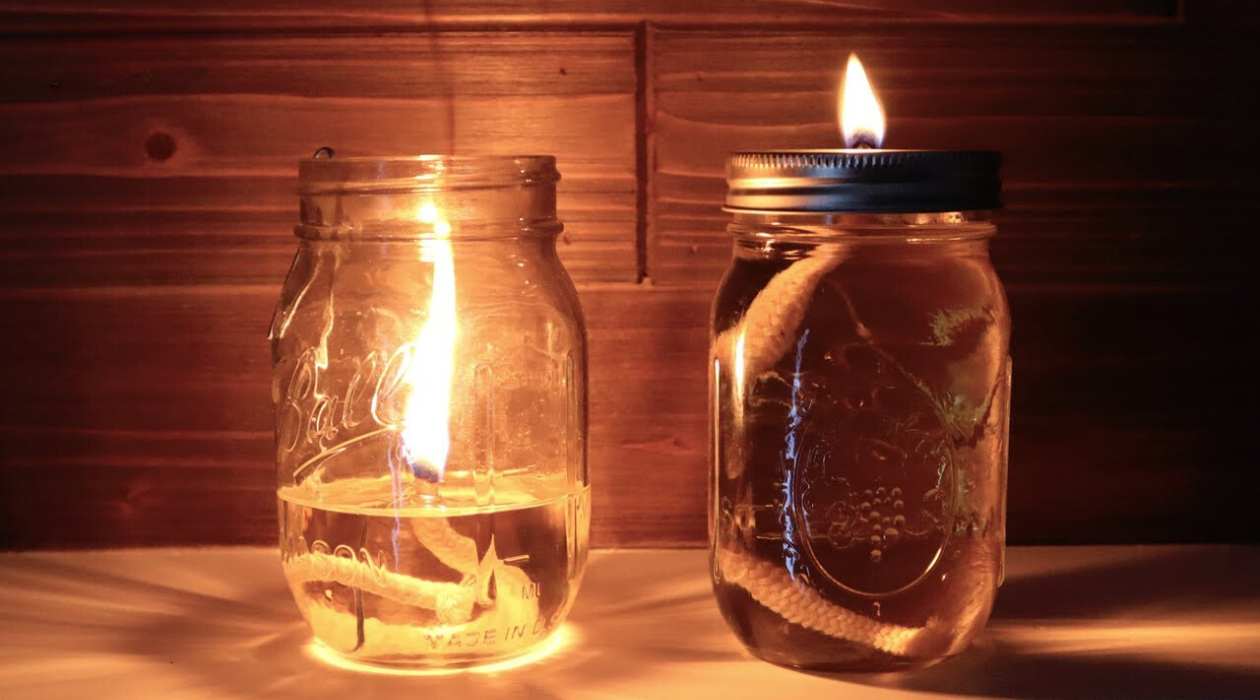

Furniture
How Does An Oil Lamp Work
Modified: August 26, 2024
Discover how an oil lamp, a timeless piece of furniture, works and adds warmth and charm to any space. Explore the mechanics and functionality of this decorative lighting fixture.
(Many of the links in this article redirect to a specific reviewed product. Your purchase of these products through affiliate links helps to generate commission for Storables.com, at no extra cost. Learn more)
Introduction:
An oil lamp is a unique and fascinating piece of furniture that has been used for centuries to provide light and warmth in various settings. Its simplicity and effectiveness make it a popular choice among homeowners and interior designers alike. In this article, we will explore how an oil lamp works, from its components to the burning process and the advantages it offers.
Whether you are an antique collector, a lover of vintage décor, or simply intrigued by the mechanics behind everyday objects, the workings of an oil lamp are sure to captivate your interest. So, let’s dive into the world of oil lamps and discover the magic that lies within.
Key Takeaways:
- Embrace the historical charm and practicality of oil lamps, which offer a warm and nostalgic glow, making them versatile for home decor, outdoor settings, and emergency lighting needs.
- Discover the captivating allure of oil lamps, connecting us to our past while providing a unique and enchanting ambiance in modern-day applications, from home decor to special events.
Read more: How Does A Lamp Work
Components of an Oil Lamp:
Before we delve into the inner workings of an oil lamp, it’s essential to understand its various components. An oil lamp is composed of the following key parts:
- Base: The base of the oil lamp is its foundation, providing stability and support.
- Font: The font, also known as the reservoir, is where the oil is stored. It is usually made of glass or metal and is designed to hold a sufficient amount of fuel to keep the lamp burning.
- Burner: The burner is situated at the top of the font and holds the wick in place. It controls the flow of oil to the wick and helps regulate the flame’s size and intensity.
- Chimney: The chimney is a cylindrical glass or metal tube that fits over the burner. It acts as a protective shield, preventing the flame from blowing out while also providing a pathway for the smoke to escape.
- Wick: The wick is a crucial component of an oil lamp. It is usually made of cotton or another absorbent material and is responsible for drawing the oil up from the font, where it is ignited to produce light.
These components work together seamlessly to create a functional and visually appealing oil lamp. With the basic understanding of an oil lamp’s structure, let’s now explore the process of how it harnesses the power of oil to illuminate our surroundings.
Fuel Source: Oil:
One of the primary components of an oil lamp is, as the name suggests, the oil itself. The type of oil used can vary, but historically, various oils like whale oil, animal fat, and vegetable oil have been used. However, today, most modern oil lamps use kerosene or lamp oil as the fuel source.
Kerosene, a flammable hydrocarbon liquid, is a popular choice due to its high energy content and relatively low cost. It is readily available and provides a steady and consistent burn, making it ideal for oil lamps. Lamp oil, on the other hand, is a special type of refined oil that is specifically designed for use in lamps. It is often odorless and clearer than kerosene, making it a preferred option for those who value aesthetics.
The fuel is poured into the font of the oil lamp, where it is stored for future use. The amount of oil required will depend on the size of the font and the intended usage duration. It’s important to note that while both kerosene and lamp oil are relatively safe to use, precautions should still be taken, such as keeping the oil away from open flames or heat sources and ensuring proper ventilation.
Choosing the right fuel source for your oil lamp is essential to ensure optimal performance and longevity. The type of oil utilized should be compatible with the specific lamp, and it’s always advisable to follow the manufacturer’s recommendations. Now that we understand the fuel source, let’s move on to explore the mechanism through which the oil is converted into light.
Wick Mechanism:
The wick is a critical component of an oil lamp as it is responsible for drawing the fuel from the font to the burner, where it is ignited to produce light. The wick acts as a capillary, using the principle of capillary action to transport the oil upward.
When the lamp is not in use, the wick remains in the font, saturated with oil. As the flame is lit, the heat causes the oil in the wick to vaporize. The capillary action of the wick ensures a steady flow of oil from the font to the burner, allowing the flame to burn consistently.
The wick is typically made of cotton or another absorbent material that has the ability to hold and transport the oil efficiently. It is essential to keep the wick trimmed to the appropriate length to prevent excessive smoke, odor, or uneven burning. Trimming the wick also helps maintain a clean and consistent flame.
To adjust the height of the flame, oil lamps are often equipped with a mechanism called a wick regulator. This regulator allows the user to control the amount of wick exposed, thereby regulating the flow of oil and the size of the flame. By turning the regulator, the wick can be raised or lowered, adjusting the intensity of the light or heat produced.
The wick mechanism is a remarkable feat of engineering that ensures a continuous supply of fuel to sustain the flame. Its design allows for easy control over the light output, making it a versatile lighting option for various settings.
Now that we have explored the wick mechanism, let’s move on to understand the burning process of an oil lamp and how it produces both light and heat.
Burning Process:
The burning process of an oil lamp is a fascinating and intricate phenomenon that converts the fuel into both light and heat. It all starts with the ignition of the oil-soaked wick in the burner.
As the flame touches the wick, it rapidly heats the oil within the wick, causing it to vaporize. This vaporized oil, also known as the fuel’s volatile components, rises from the wick and combines with oxygen in the air. The heat from the flame sustains the vaporization process, creating a continuous supply of fuel for the flame.
As the vaporized fuel combines with oxygen, a chemical reaction called combustion occurs. This chemical reaction involves the fuel (oil vapor) and the oxygen in the air combining to produce heat, light, carbon dioxide, and water vapor. The heat generated further assists in vaporizing more fuel from the wick, maintaining the continuous burning process.
The flame produced by the burning oil is a result of the incandescent combustion of the fuel vapor. It emits a warm and comforting glow, filling the room with a soft, flickering light. The size and brightness of the flame can be adjusted by controlling the height of the wick using the wick regulator.
While the primary purpose of an oil lamp is to provide light, it also produces a significant amount of heat during the burning process. This heat can be harnessed to create a cozy and inviting ambience in a room, especially during colder months. It is important, however, to place the lamp in a safe location, away from flammable materials, to prevent any fire hazards.
Now that we have explored the burning process of an oil lamp and how it converts the fuel into both light and heat, let’s examine some advantages and disadvantages of using oil lamps in various settings.
When using an oil lamp, make sure to trim the wick to about 1/4 inch before lighting to ensure a clean and steady flame. This will help the lamp work efficiently and reduce soot buildup.
Read more: How Does A Touch Lamp Work
Light and Heat Production:
An oil lamp is not just a source of light; it also generates a significant amount of heat, making it a versatile and practical lighting option. Let’s explore how an oil lamp produces both light and heat in more detail.
Light Production:
When the fuel is ignited, the flame produced by the burning oil emits a warm and comforting glow. This incandescent light fills the surrounding area, creating a soft and intimate ambiance. Oil lamps offer a unique and nostalgic lighting experience, reminiscent of a bygone era. The flame’s brightness and intensity can be adjusted by controlling the height of the wick, allowing for personalized lighting preferences.
Heat Production:
Along with providing light, oil lamps also generate a substantial amount of heat. The burning process releases thermal energy, which can be utilized to create a cozy and warm atmosphere, especially during colder months or in drafty spaces. Placing an oil lamp near a seating area or in a room without central heating can help provide an additional source of warmth, making it ideal for creating a comfortable environment.
It is essential to consider the size and design of the oil lamp when using it for heat production, as larger lamps with wider chimneys tend to emit more heat. Additionally, while the heat generated can be beneficial for personal comfort, it is crucial to take precautions and keep the lamp away from flammable materials to prevent fire hazards.
Overall, the combined light and heat production of an oil lamp makes it a versatile and functional lighting solution for various settings, whether it be for cozy evenings at home or creating a warm ambiance in outdoor spaces.
Now that we have explored the light and heat generated by oil lamps, let’s discuss some of the advantages and disadvantages of using these timeless fixtures in your home.
Advantages and Disadvantages of Oil Lamps:
Oil lamps have been used for centuries and continue to be a popular choice for lighting in various settings. Let’s take a look at some of the advantages and disadvantages of using oil lamps:
Advantages:
- Ambiance: Oil lamps emit a warm and nostalgic glow, creating a cozy and intimate atmosphere. They add a touch of vintage charm and can enhance the aesthetics of any space.
- Portability: Unlike electric lamps, oil lamps are not reliant on a power source, making them ideal for use in outdoor settings, during power outages, or when camping. They can be easily moved and used wherever light is needed.
- Energy Efficiency: Oil lamps burn fuel slowly and efficiently, providing long-lasting illumination without consuming a significant amount of resources. This makes them an energy-efficient lighting option.
- Independence: With an oil lamp, you are not dependent on electricity or batteries for light. This independence gives you peace of mind in situations where power may be unavailable or unreliable.
- Historical Significance: Oil lamps have a rich historical significance and using them can connect you to the past. They serve as a reminder of simpler times and can add a touch of nostalgia to your home.
Disadvantages:
- Fire Hazard: Oil lamps involve an open flame, which can present a fire hazard if not used and monitored carefully. It is important to exercise caution and practice proper safety measures when using oil lamps.
- Maintenance: Oil lamps require regular maintenance, including trimming the wick, cleaning the font, and refilling the oil. This ongoing upkeep may be seen as a downside for those who prefer a more low-maintenance lighting option.
- Smoke and Odor: Some oil lamps may emit smoke and produce a slight odor, especially if the wick is not trimmed properly or the fuel used is of low quality. However, modern lamp oils and proper maintenance can help minimize these issues.
- Limited Light Output: Compared to modern electric lighting options, oil lamps may provide a relatively lower level of illumination. They may not be suitable for activities that require bright and focused lighting.
- Expense: While the initial cost of an oil lamp may be relatively affordable, depending on the size and design, the recurring cost of purchasing lamp oil may add up over time, making it less cost-effective compared to electric lighting in the long run.
Considering these advantages and disadvantages can help you determine if an oil lamp is a suitable choice for your lighting needs and preferences. Now, let’s explore the historical significance of oil lamps and their modern applications.
Historical Significance:
Oil lamps hold a significant place in history and have been used for thousands of years. They have served as a primary source of light for civilizations throughout different eras and cultures. Let’s explore the historical significance of oil lamps:
Ancient Origins:
The use of oil lamps can be traced back to ancient times, with evidence of their existence in ancient Greece, Egypt, and Rome. These early oil lamps were typically made of terracotta, bronze, or other materials readily available at the time. They were small, handheld lamps that burned animal fat or vegetable oils, providing a limited but necessary source of light in a world largely dependent on natural daylight.
Medieval and Renaissance Period:
During the Middle Ages and the Renaissance, oil lamps continued to be widely used. The designs and materials used for crafting oil lamps became more intricate and sophisticated, reflecting the advancements in metalwork and glassmaking. Oil lamps were not only functional but also seen as status symbols and works of art, with elaborate patterns and decorations.
Industrial Revolution and Beyond:
The Industrial Revolution in the 18th and 19th centuries brought significant advancements in lighting technology, eventually leading to the widespread adoption of electric lighting. As electricity became more readily available, oil lamps started to decline in popularity. However, their historical significance and aesthetic appeal continued to captivate collectors and enthusiasts.
Modern Revival:
In recent years, there has been a resurgence of interest in oil lamps. Many people appreciate the charm and ambiance that these vintage lighting fixtures bring to their homes. Oil lamps have also become popular choices for outdoor lighting, garden parties, and even weddings, as they exude a sense of rustic elegance.
Furthermore, oil lamps are often featured in museums and historical sites as artifacts that provide insights into our ancestors’ way of life. They serve as reminders of a time when the flickering flame of an oil lamp was the only source of light during dark nights.
The historical significance of oil lamps lies not only in their practical use but also in the stories they tell about human ingenuity and the evolution of lighting technology throughout the ages. Their enduring appeal continues to inspire and connect us to our past.
Now, let’s explore the modern applications of oil lamps and how they are still relevant in contemporary settings.
Modern Applications:
While modern lighting technology has advanced significantly, oil lamps still find their place in contemporary settings. Their nostalgic charm, versatility, and unique ambiance make them relevant and sought after in various applications. Let’s explore some modern uses of oil lamps:
- Home Décor: Oil lamps have become popular decorative items in homes. Their vintage appeal adds character and a touch of elegance to any room. They can serve as beautiful centerpieces on dining tables, mantels, or shelves, creating a charming and inviting atmosphere.
- Outdoor Lighting: Oil lamps are excellent choices for outdoor lighting, especially in areas without access to electricity. They can illuminate pathways, patios, and gardens, providing a warm and soothing glow for outdoor gatherings or creating a romantic ambiance for special occasions.
- Emergency Lighting: Oil lamps are reliable sources of light during power outages or emergencies. With their independent fuel source, they continue to illuminate the space and provide a sense of security when other lighting options are unavailable.
- Camping and Adventuring: Oil lamps are practical lighting choices for camping trips or outdoor adventures. Portable and easy to use, they can provide a comforting and natural light source, as well as a source of warmth, on those outdoor adventures.
- Restaurants and Cafes: Oil lamps add a cozy and intimate ambiance to restaurants and cafes. They create a romantic setting for diners, enhancing the overall dining experience and making establishments stand out from the crowd.
- Special Events and Weddings: Oil lamps make beautiful and unique decorative elements for special events and weddings. They can be used as table centerpieces, aisle markers, or mood lighting, creating a romantic and enchanting atmosphere that is sure to leave a lasting impression.
Despite the availability of electric lighting, the charm and versatility of oil lamps continue to make them popular choices in various modern applications. Their ability to create a warm, timeless ambiance sets them apart from other lighting options.
Whether you’re looking to enhance your home décor, create an intimate outdoor setting, or embrace the historical essence of an oil lamp, incorporating these captivating lighting fixtures can truly elevate the atmosphere and bring a touch of nostalgia to your surroundings.
As we conclude our exploration of oil lamps, it is evident that these timeless pieces of furniture hold a unique place in both history and contemporary design. Their enduring appeal and practicality make them more than just lighting fixtures – they are objects that connect us to our past while being relevant and captivating in the present.
So, consider adding an oil lamp to your space and experience the enchantment and warmth it brings to your home.
Read more: How Does A Carbide Lamp Work
Conclusion:
Oil lamps are more than just sources of light and heat; they are captivating pieces of furniture that hold historical significance and provide a unique charm to any space. From their components and the fuel source of oil to the mechanism of the wick and the burning process, oil lamps have a fascinating and intricate structure.
Despite the availability of modern electric lighting, oil lamps continue to find relevance and popularity in various applications. Their warm and intimate glow creates a cozy ambiance that is difficult to replicate with other lighting options. Whether used for home décor, outdoor lighting, emergencies, or special events, oil lamps bring a touch of nostalgia and elegance to any setting.
While oil lamps do come with some disadvantages, such as fire hazards and maintenance requirements, their advantages outweigh the drawbacks for many enthusiasts. The historical significance of oil lamps connects us to the past and reminds us of simpler times when a flickering flame was the essence of illumination.
In today’s fast-paced world, oil lamps offer us a way to slow down and appreciate the beauty of traditional lighting. They allow us to create an inviting and calming atmosphere that cannot be replicated by modern lighting fixtures alone.
So, whether you choose to incorporate an oil lamp in your home, use it for outdoor gatherings, or simply admire their historical charm, these timeless pieces of furniture will continue to hold a special place in our hearts and homes.
Embrace the enchantment of an oil lamp and let its warm glow transport you to a world where simplicity and elegance coexist, creating a truly mesmerizing experience.
Frequently Asked Questions about How Does An Oil Lamp Work
Was this page helpful?
At Storables.com, we guarantee accurate and reliable information. Our content, validated by Expert Board Contributors, is crafted following stringent Editorial Policies. We're committed to providing you with well-researched, expert-backed insights for all your informational needs.
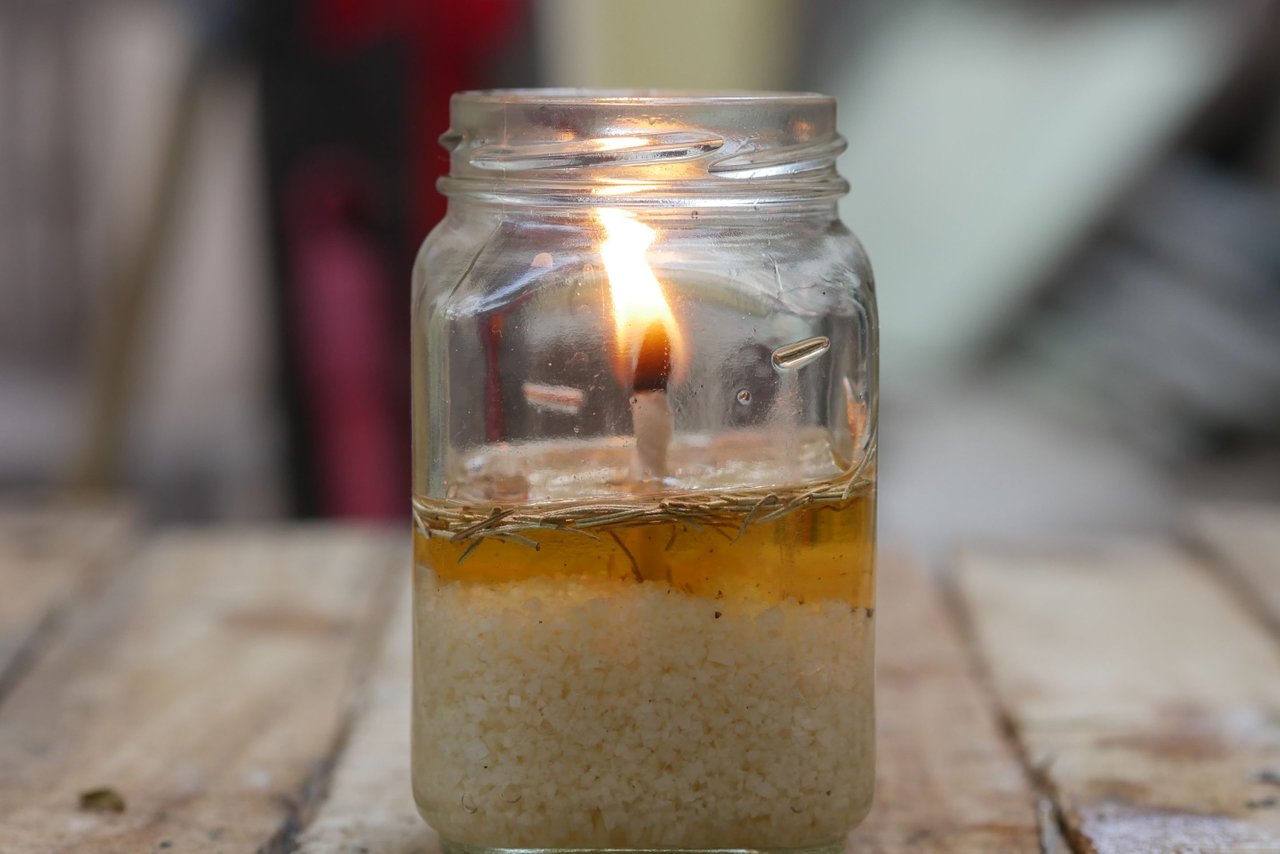


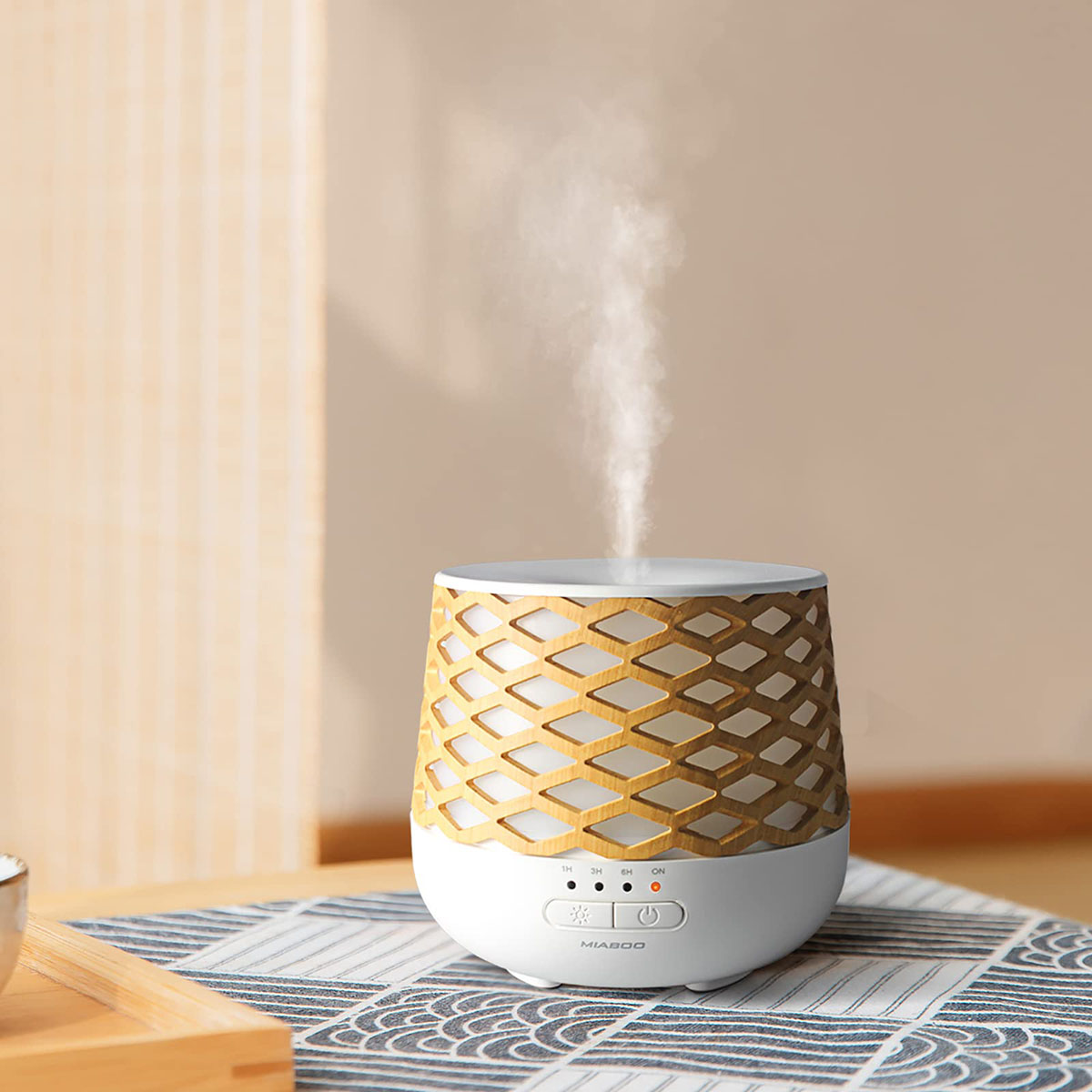
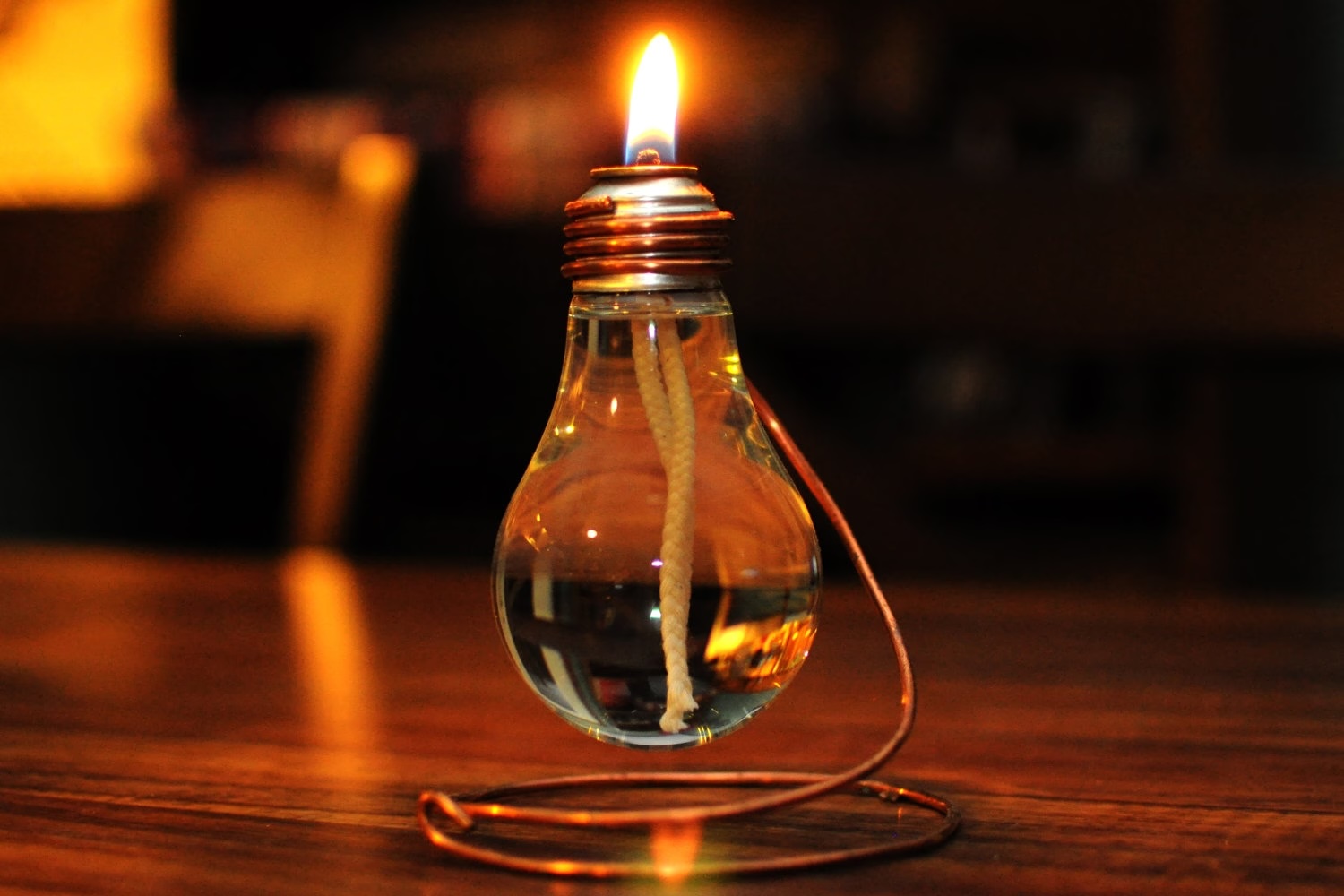
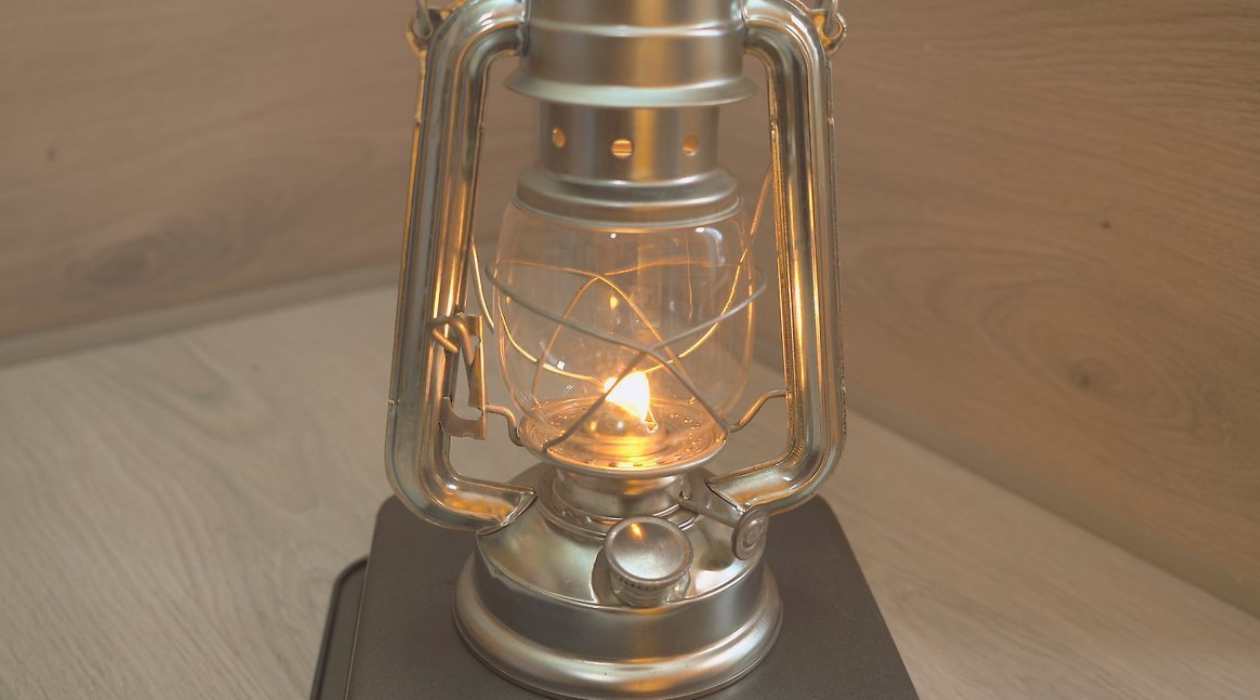
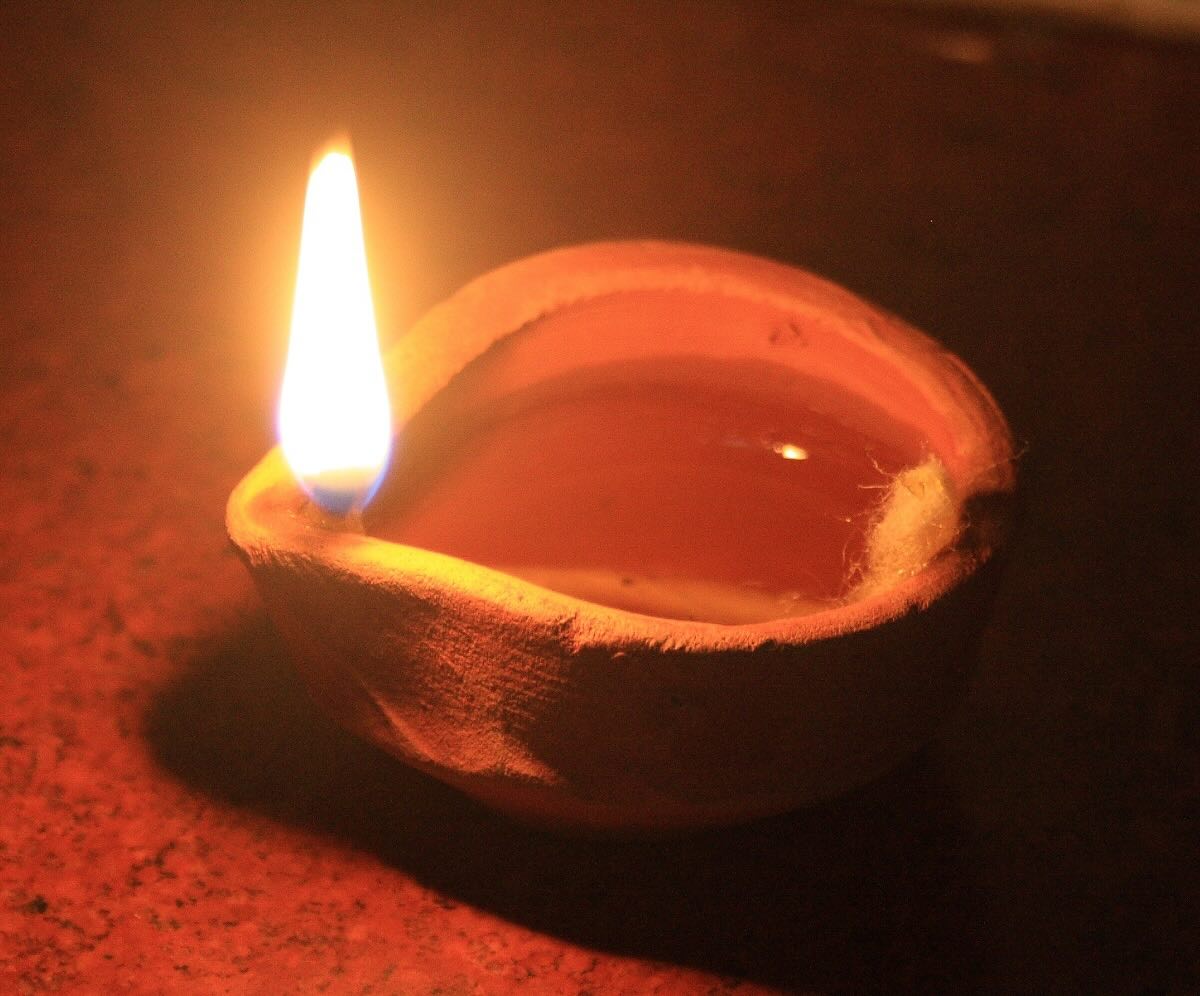
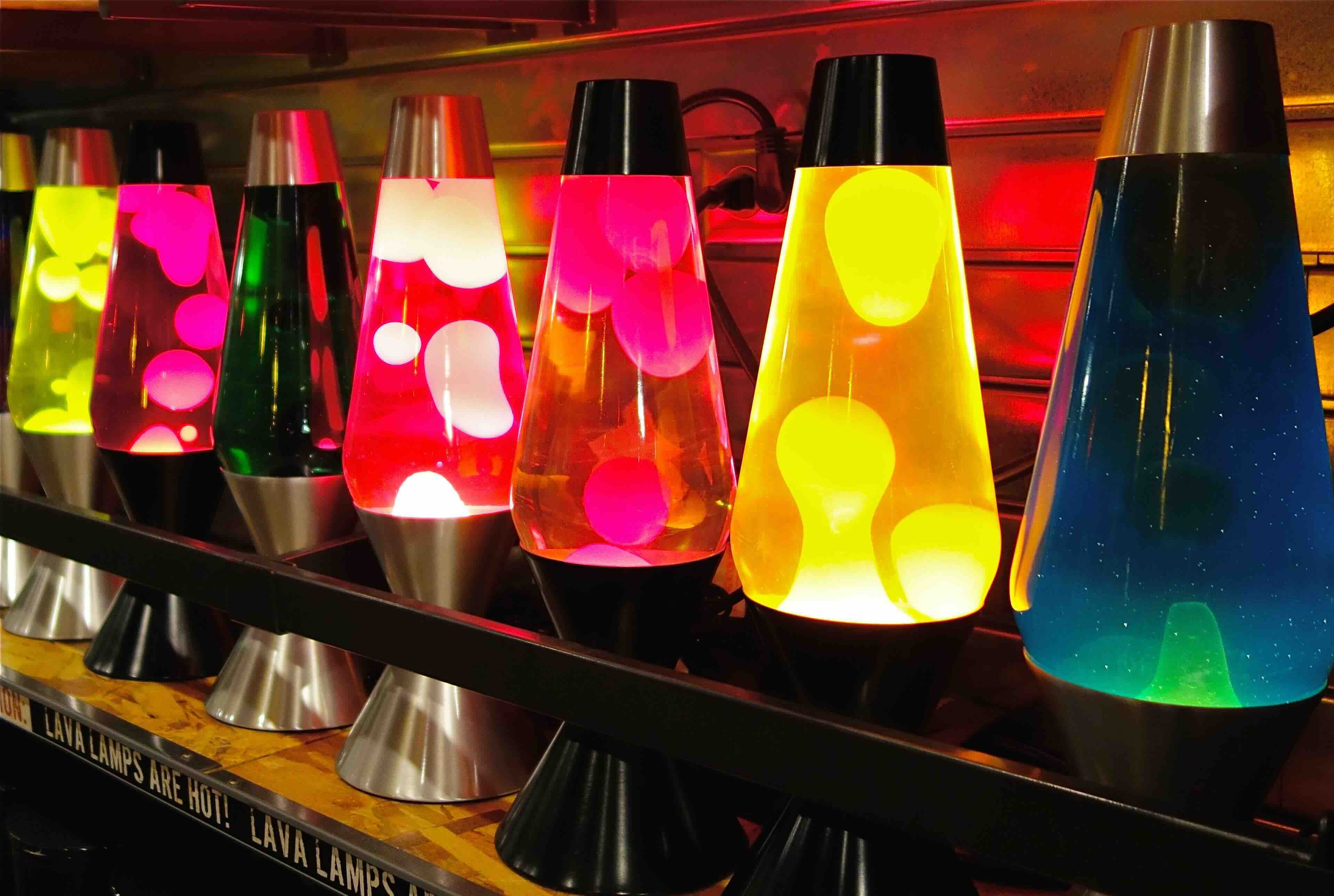
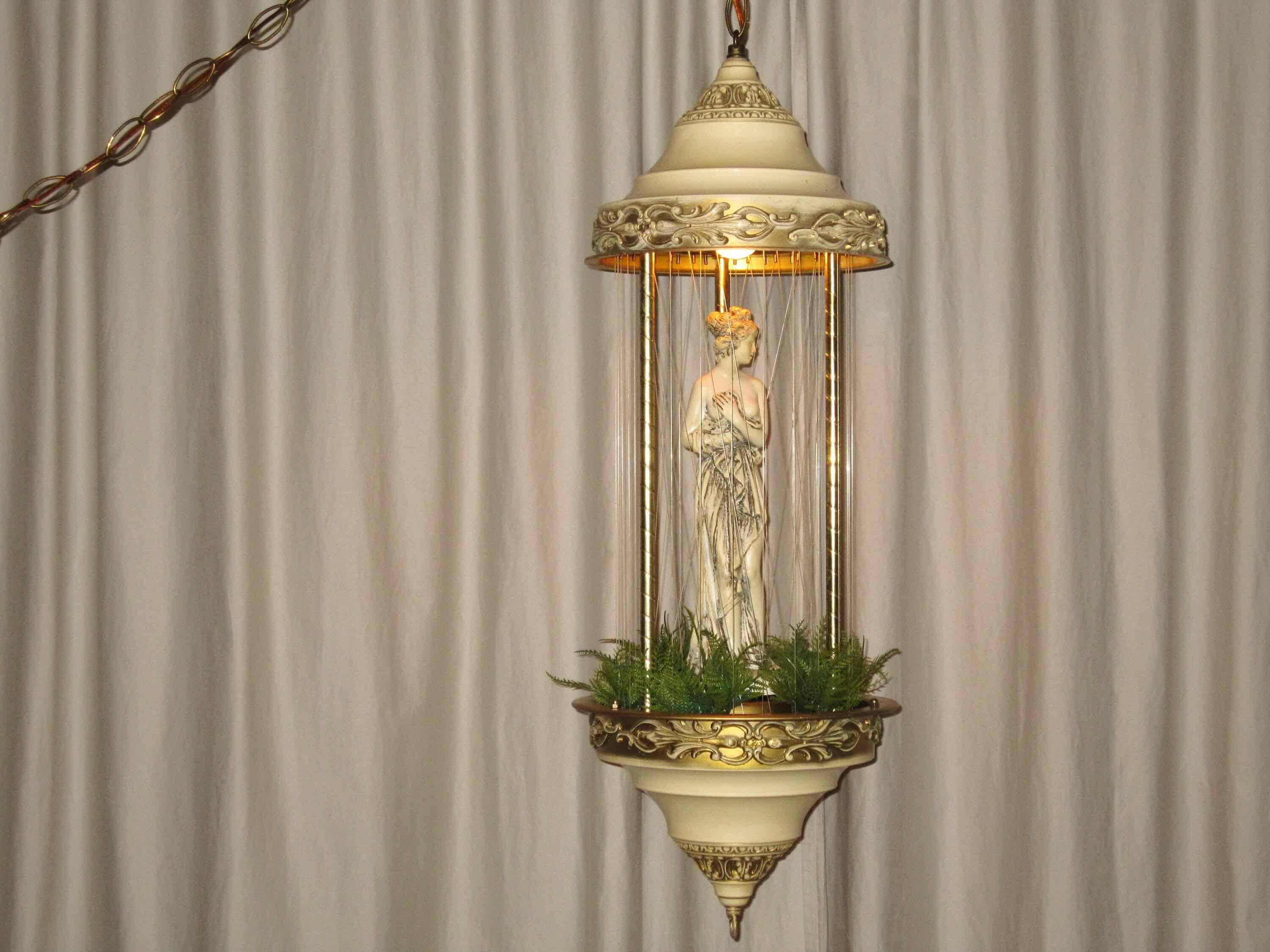
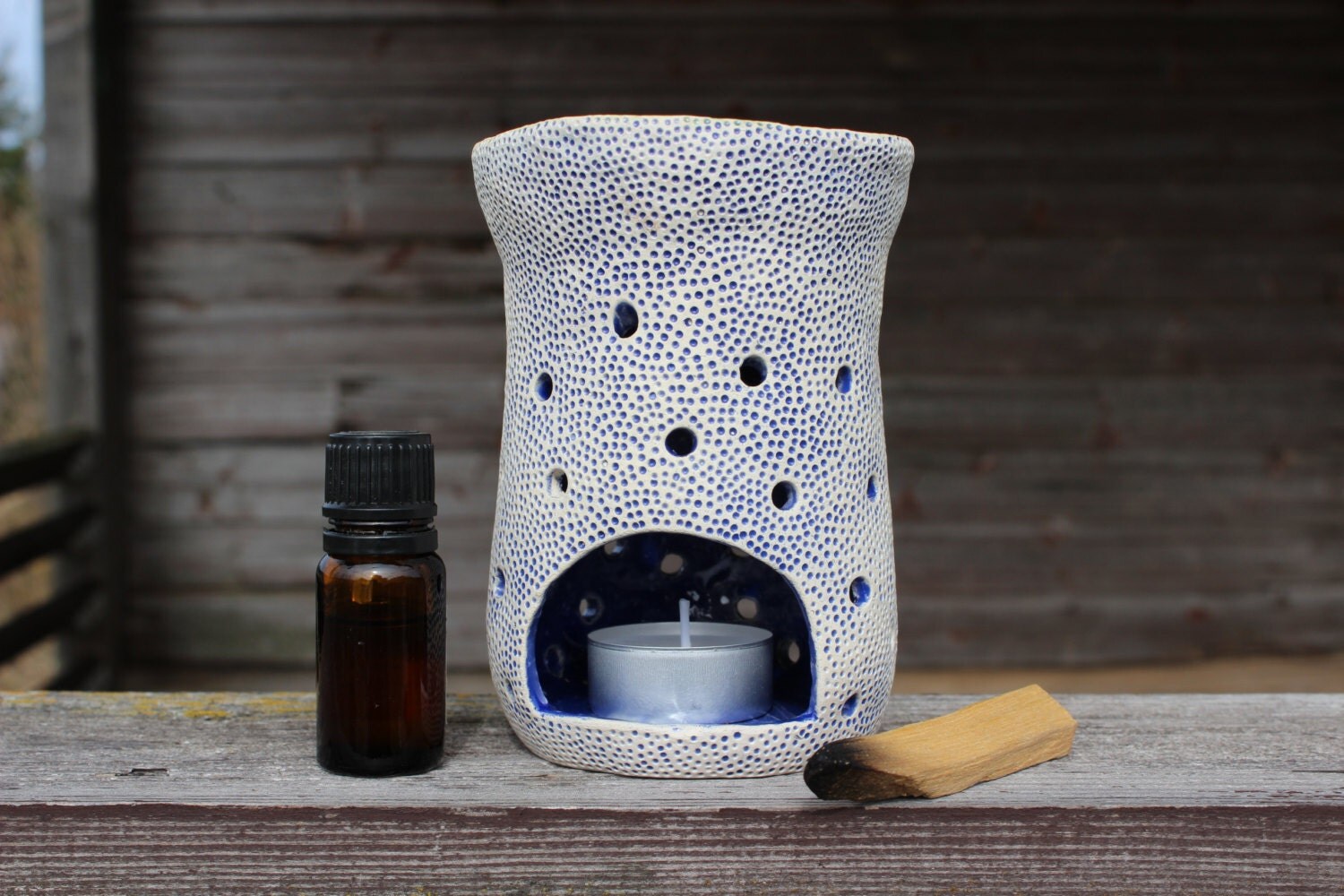

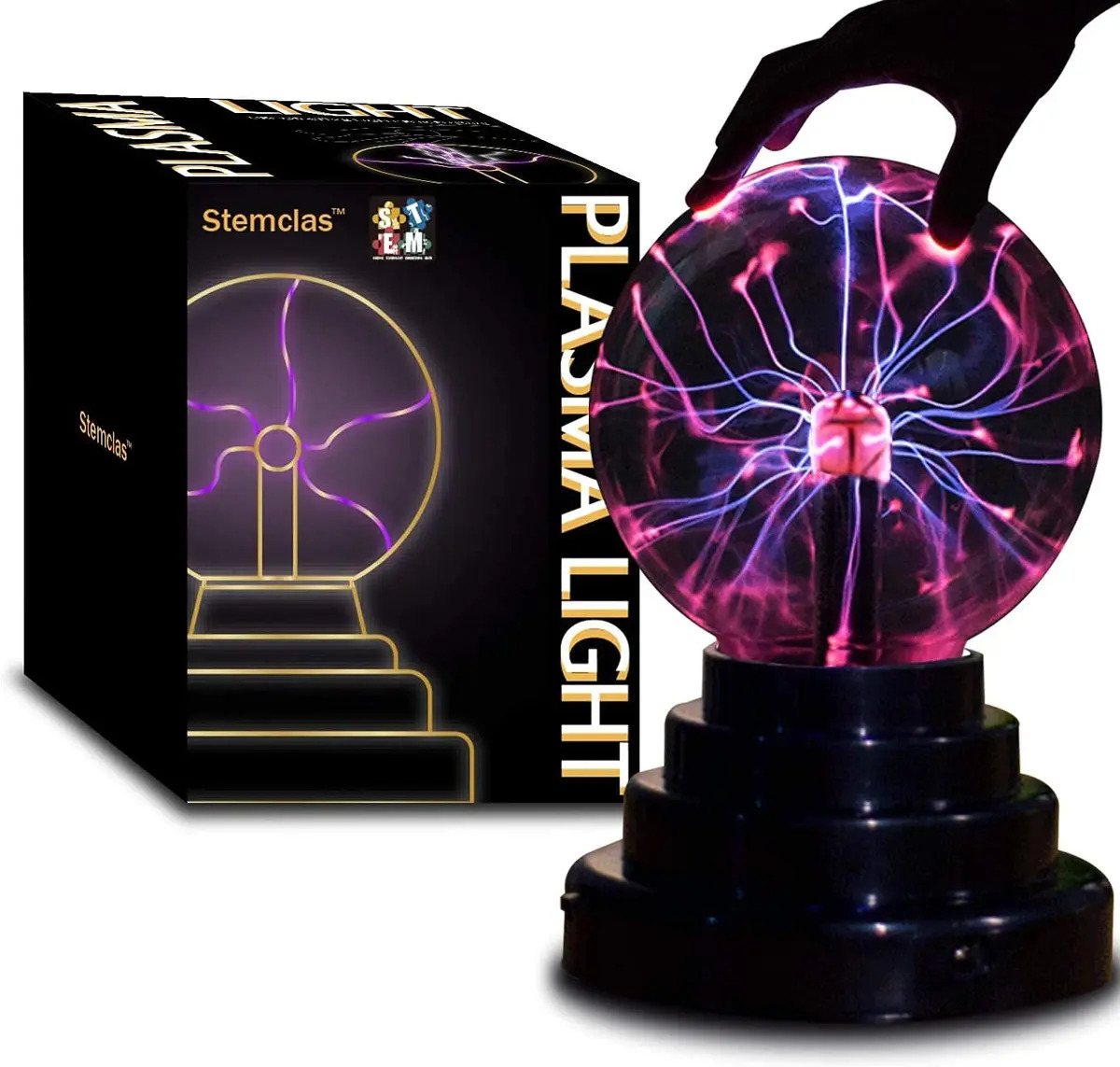
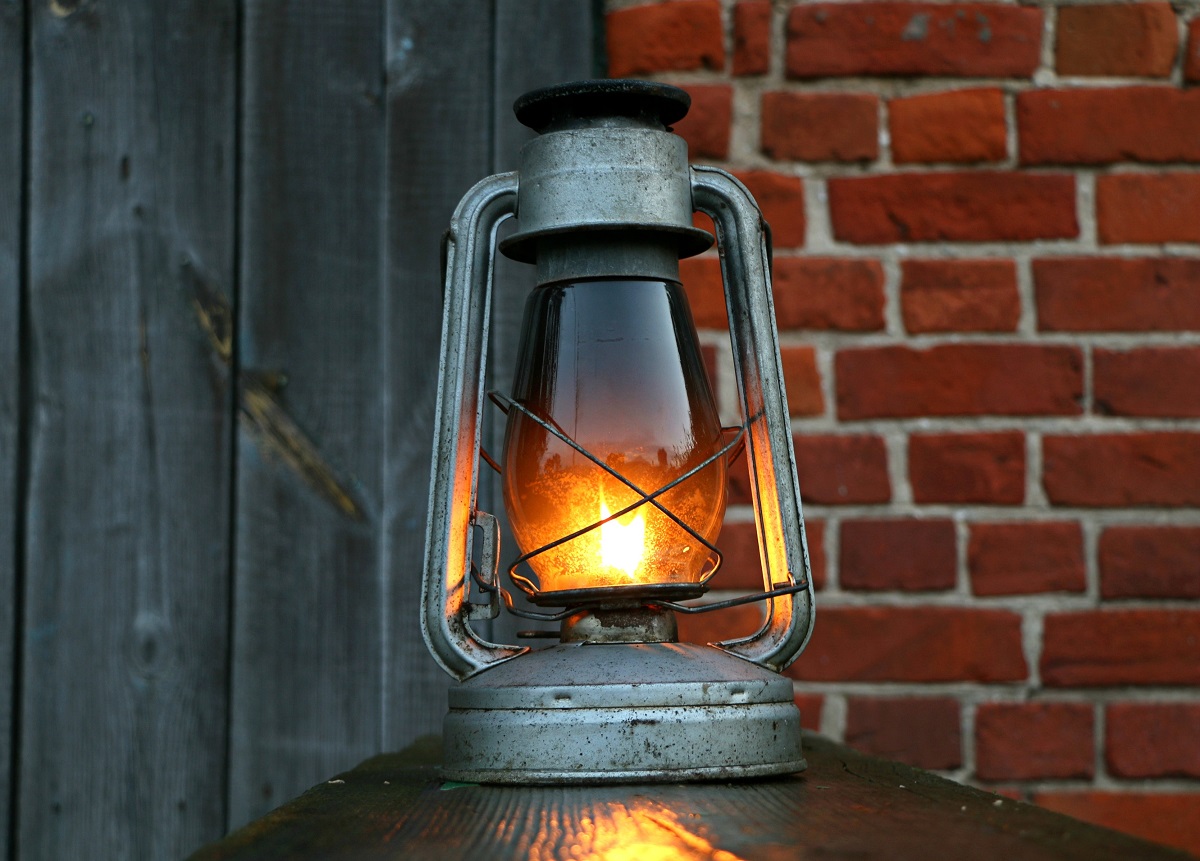

0 thoughts on “How Does An Oil Lamp Work”